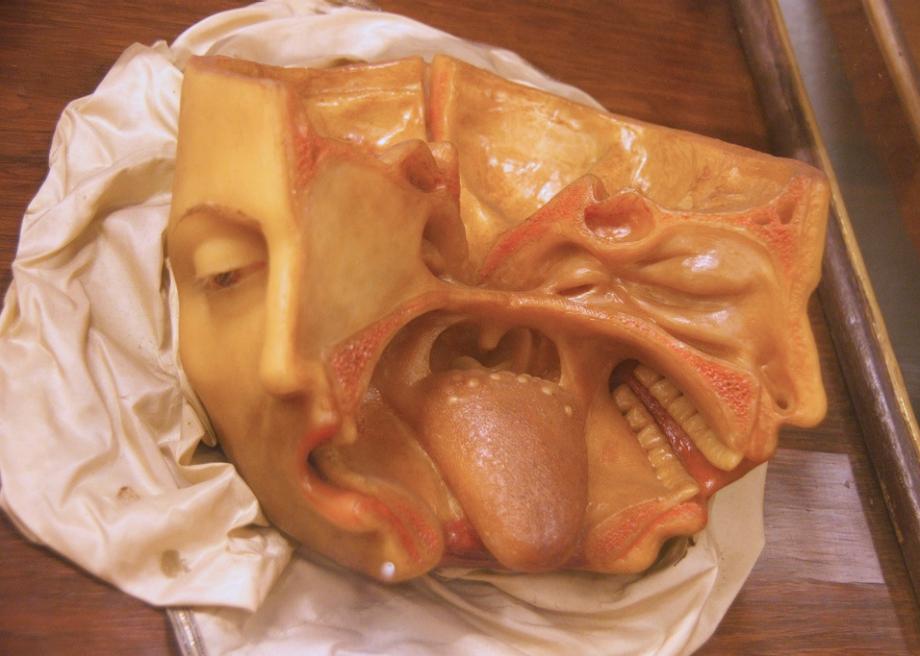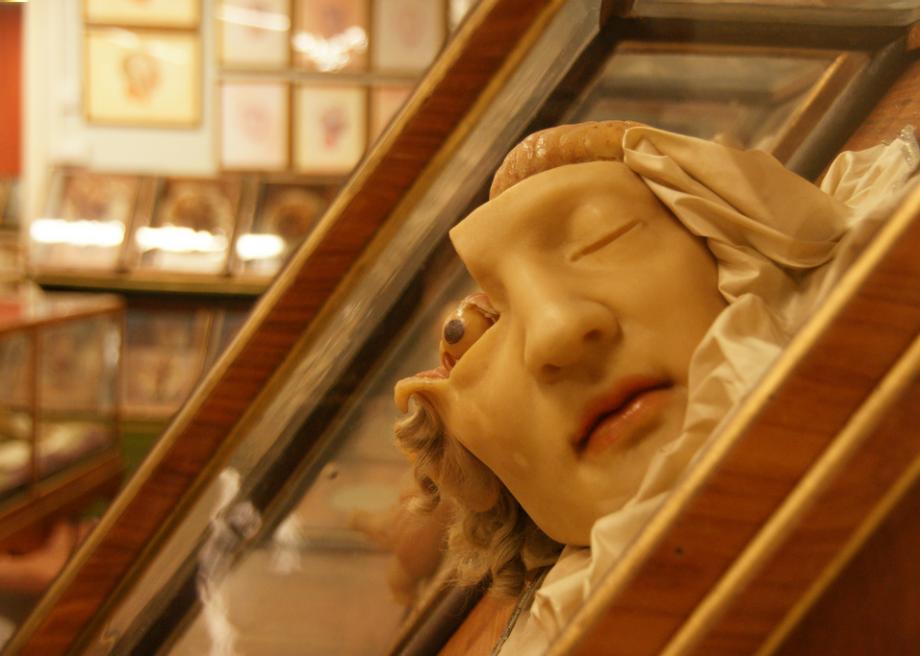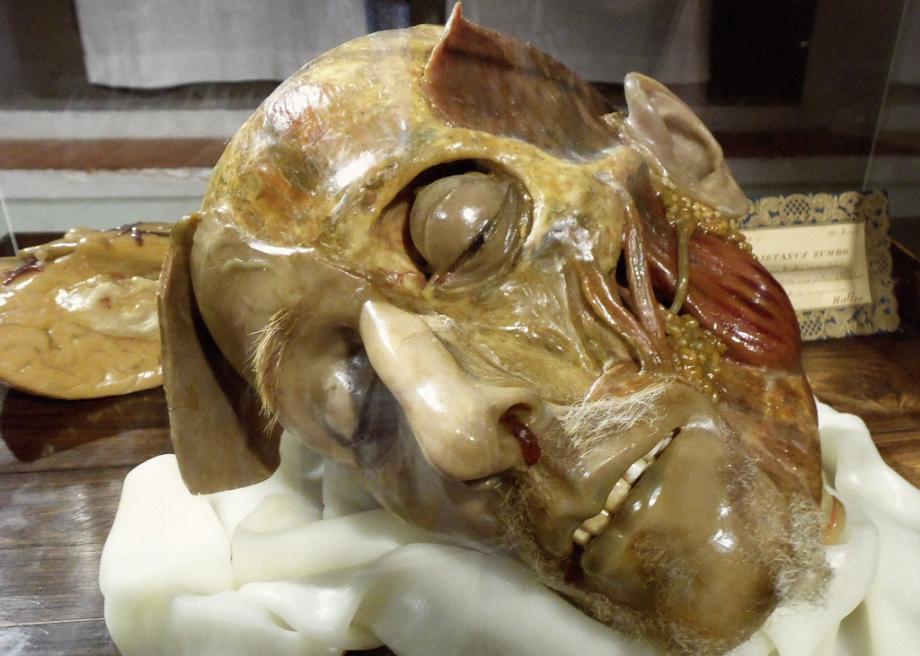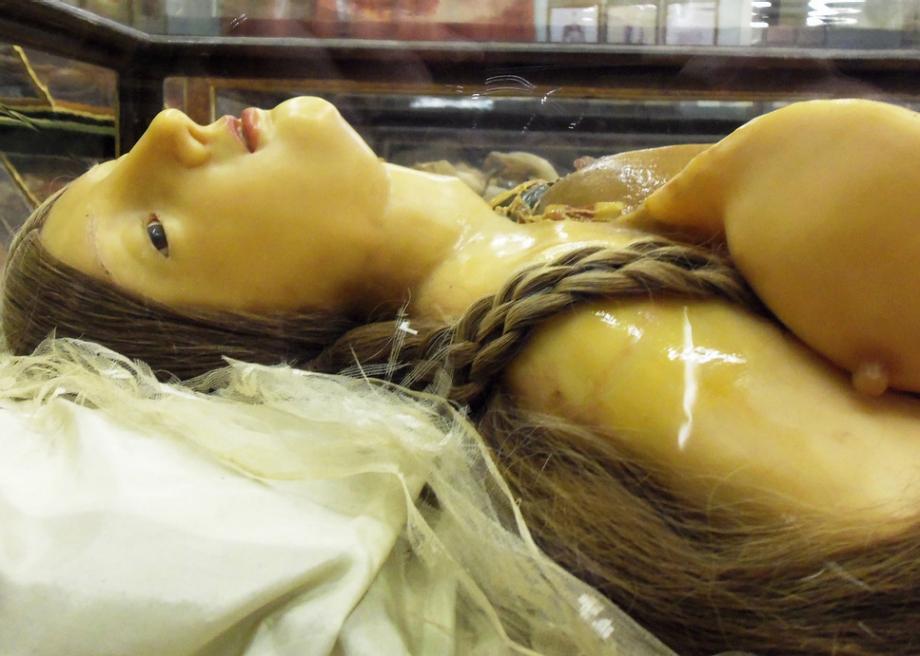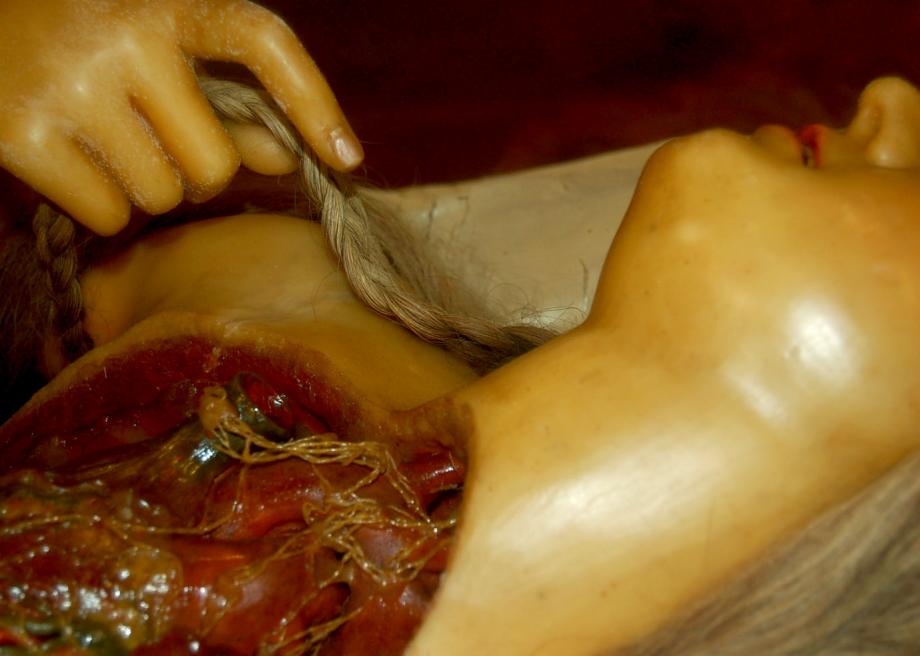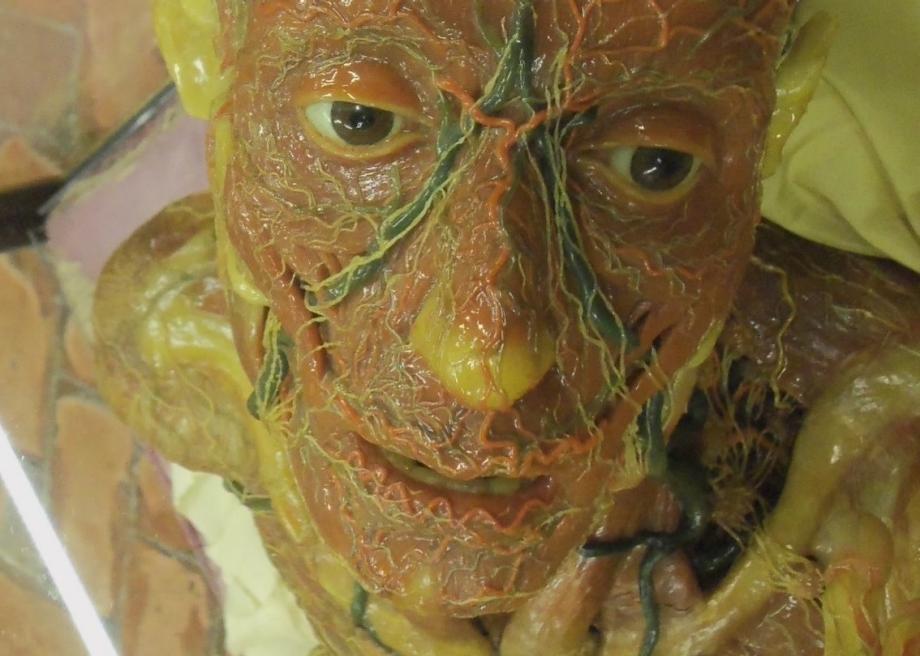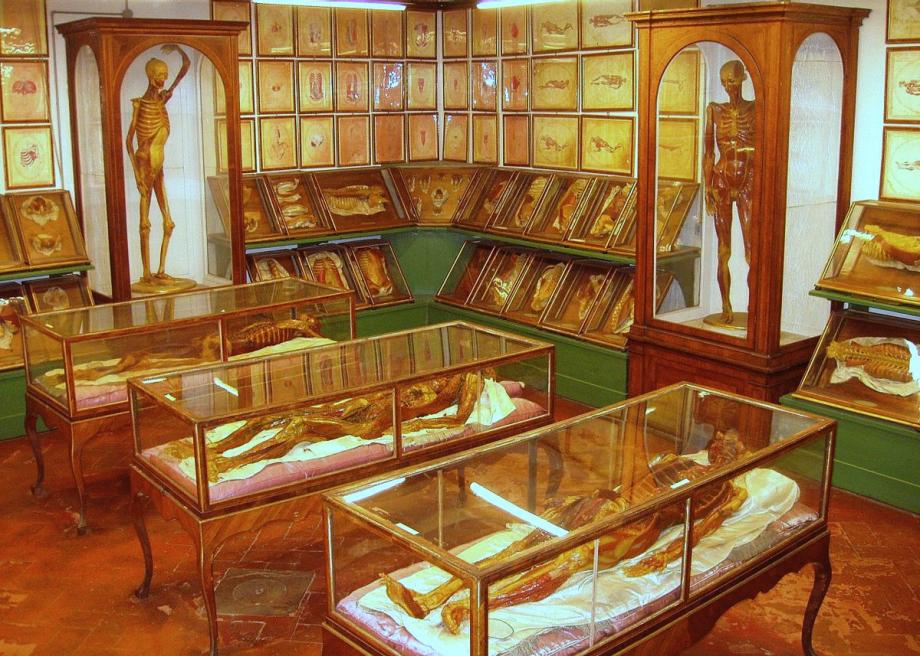La Specola: A Macabre Museum of Post-Mortem Wax People
Atlas Obscura on Slate is a blog about the world's hidden wonders. Like us on Facebook, Tumblr, or follow us on Twitter @atlasobscura.
These days, "wax museum" means Madame Tussauds. But in 18th-century Florence, wax museums displayed models of dissected dead people, designed to show medical students what lay beneath the skin of the human body.
The model-making process was labor-intensive and began with an artist pressing plaster against the individual organs of a recently dissected cadaver to create a cast. Wax was poured into the moulds and each organ painted and varnished. All the body parts were then assembled into a wax torso and overlaid with muscles and membranes, which were either painted or simulated with thread.
The works were so uncannily realistic—red, glistening muscles lying taut against knobby bones, encased in an intricate web of veins—that it was felt the artistry deserved a wider audience. In 1775 the figures were put on display at La Specola, a natural history and zoology museum established by the Medici family.
La Specola is still open. Among its most enthralling sights are the wax anatomical Venuses: naked women posed in demure but erotic poses, with their abdominal skin removed and rib cages pulled open to expose the organs underneath. These sensually splayed corpses were looked on with particular fondness by the Marquis de Sade when he visited La Specola in the late 18th century.
View La Specola in a larger map

